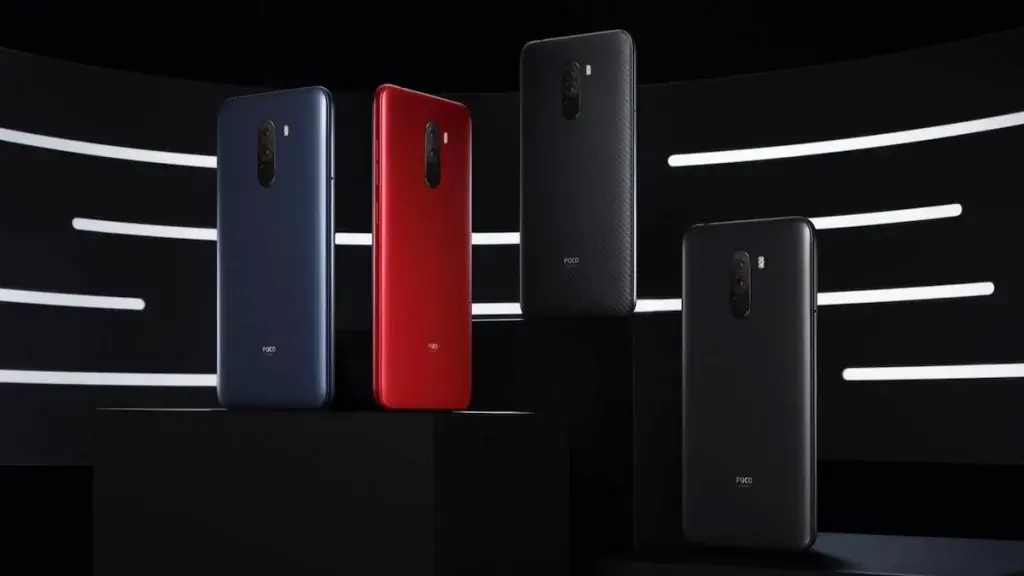The tale of the Poco F1 is one of boldness, compromises, and determination, as described by Jai Mani, the former head of product at Poco, in a series of forthright tweets. In his reflections, he unveils the behind-the-scenes journey of one of the most discussed budget smartphones, detailing how the concept originated and the hurdles encountered during its creation.
The Vision for Poco F1
It began with a straightforward yet daring idea: Snapdragon 845 for $299 (around Rs. 20,000 at that time). Jai jotted this down and shared it with the head of product planning, though initial reactions were far from positive. He was told it was “impossible.” Despite facing communication challenges (due to Mani’s limited Chinese proficiency), this clear and straightforward goal set the stage for what would eventually revolutionize the budget smartphone market.
Design Trade-offs and Decisions
Jai Mani highlights how trade-offs were pivotal in developing the Poco F1. To hit the aggressive price target, compromises had to be made, starting with the build quality. Mani and his team understood that most users use cases on their phones, so they didn’t need to invest in premium materials. This led to the use of a polycarbonate body, functional but not as luxurious as the flagship devices of that era.
Another key decision was incorporating a notch in the design, which Jai personally disliked. However, market feedback indicated that the notch gave the phone a more “premium” feel. Additionally, it allowed extra space for face recognition hardware. While some users might have been against it, there was always an option to hide the notch through software settings.
Kevlar became an interesting material choice for the Poco F1, challenging the idea that plastic is synonymous with cheap. Initially doubtful, Jai was eventually convinced when he saw samples of the Armored Edition. Kevlar provided a sturdy, durable feel to the phone, differentiating the Poco F1 from its glass-and-metal rivals.
Balancing Features and Cost
At its essence, the Poco F1 aimed to deliver flagship performance at an affordable price. It was powered by Qualcomm’s Snapdragon 845, a processor usually reserved for high-end devices. With features like LiquidCool technology and up to 8GB of RAM, Poco made it clear that their priority was to offer top-notch performance to a wider audience.
Other flagship features were also made available at the budget level, including a 4,000mAh battery, which was considered large for its class at the time. The objective was simple: “If we couldn’t win design awards with a plastic back, we might as well give users a big battery.”
Camera performance, often a weak point for budget phones, was another area where the Poco F1 aimed to exceed expectations. Although the camera hardware wasn’t necessarily flagship-level, the tuning was carefully optimized to ensure a reliable and capable shooting experience. As Jai put it, “Not flagship, but not bad” sufficed.
Community Collaboration
One of Poco’s most forward-thinking strategies was its emphasis on the software experience. Jai took a chance by providing popular tech reviewer Marques Brownlee (MKBHD) with a beta version of MIUI, featuring changes to make notifications act more like stock Android. He also connected with custom ROM developers, offering devices to aid them in creating software for users who desired a pure Android experience. This community-focused approach helped cement Poco’s reputation among tech enthusiasts.
Utilizing Xiaomi’s Supply Chain
The Poco F1’s success was largely attributed to its integration into Xiaomi’s supply chain. Mani acknowledged that without Xiaomi’s established resources, particularly in sourcing and manufacturing, producing the Poco F1 at such a low cost would have been unachievable.
The Birth of Poco as a Brand
Perhaps the most significant result of the Poco F1 wasn’t just its success as a device but in establishing Poco as a standalone brand. Jai Mani recalls the moment when Xiaomi founder Lei Jun discussed creating a sub-brand, and he knew he wanted to be part of it. Winning MKBHD’s “Best Budget Phone of the Year” only reinforced the team’s belief that they had accomplished something extraordinary.
The Poco F1 may not have been flawless, but as Jai Mani explains, it was a product born from clear decisions, necessary compromises, and a commitment to delivering flagship performance at an unbeatable price. It remains a testament to what’s possible when a brand dares to challenge industry norms.


Leave a Reply